How to Run a Successful Register to Win Campaign
If your usual marketing tactics aren’t growing your email list as rapidly as you’d like, it’s time to think a little more creatively.
Step forward the register to win campaign, a fun, interactive way to reach new clients, showcase your photography business to a wider audience and fill up your diary.
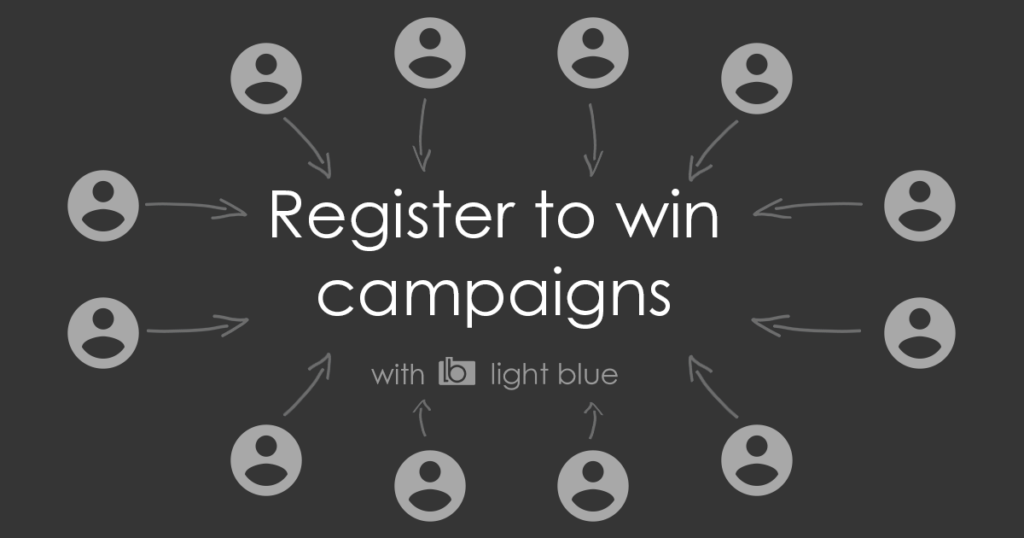
What is a register to win campaign?
A register to win campaign is a form of lead generation marketing. You’ll have seen plenty of them out there, from modest product giveaways to more extravagant prizes worth thousands.
All entrants need to do is share their contact details to be in with a chance of winning. Add it to your marketing mix and it’s a handy way to generate numerous leads in a short space of time.
You can integrate a register to win competition into your online marketing strategy, with an ad campaign promoting it and an eye-catching landing page on your website to further persuade entrants.
Or you can personally invite people to enter at events and shows. As they fill in your form, you can take the opportunity to have a quick chat with a prospect about how the prize would work: the perfect chance to build rapport and interest.
For photographers, a popular prize to offer is a free portrait session. Limiting it to this means you’re not missing out on income from image and product orders afterwards. Or you could expand the prize to include a set number of digital files or credit towards photo purchases. Or mix it up with one winner getting the full package and runners-up receiving a free shoot.
Another idea is to consider partnering with a suitable local business, maybe a wedding supplier or children’s boutique, and adding a voucher element to the prize. This will widen your promotion’s reach, broaden its appeal and help build a relationship with a fellow entrepreneur.
Tips to maximise the chances of success
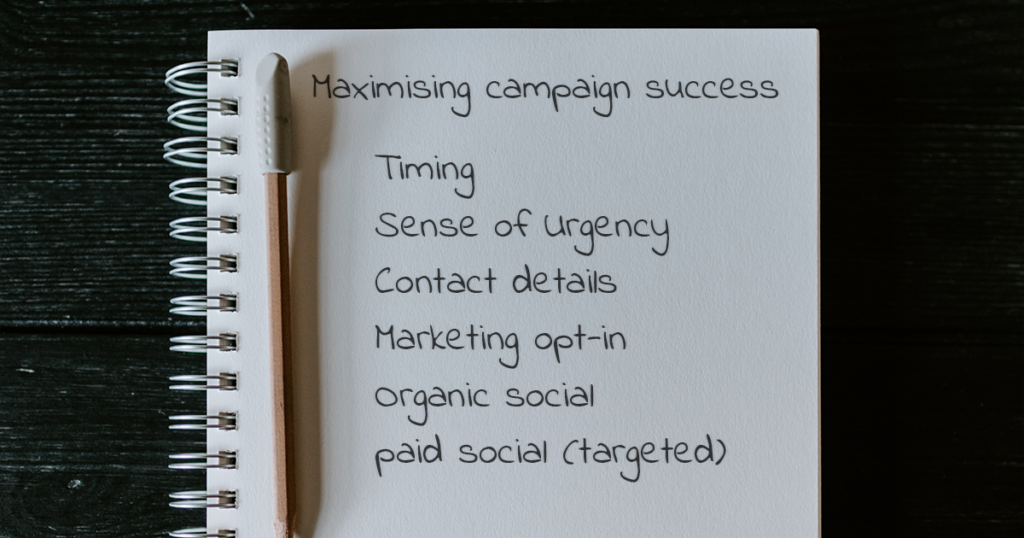
Register to win idea in place, here are a few tips to make it go smoothly:
• Think about WHEN you want the competition to run. You can link it to a seasonal event for a unique angle. For example, run it at the end of the year and you can specify that any photoshoot prize be taken between January-March the following year. Your copy can then be focused on a New Year treat and you’ll get bookings at a quieter time of year.
• Add a sense of urgency. You don’t want people to get bored seeing the same competition in their timeline for weeks on end. Build up some anticipation and then set a time limit for entries. Asking people to enter within five days of the launch, for instance, and they’ll be more likely to get it done as soon as they see it.
• Make sure you gain consent for using their data. Add a clear tick box so they can easily confirm they’re happy to be contacted.
• If you promote the campaign on socials, ask people to DM you for the entry form rather than adding a link to your website. This will please platforms like Facebook who penalise posts which direct users away from their site, helping to expand its reach.
• Committing a small sum to paid social ads will further broaden its reach.
How to get extra value from a register to win campaign
While the ultimate aim of this kind of competition is to grow your email marketing list, those extra names are worthless if they’re not genuine prospects.
While there’s no way to know that for certain, you can help yourself by asking entrants an open-ended question within the data capture form. Doing this means you can qualify which entries are more likely to be from someone you’d want to work with.
For example, you could ask them why they want to win. This could reveal stories and insights you’d never know about from a simple name and email address. Or perhaps pose a question linked to the type of session like ‘What does your dog mean to you?’ for a pet portrait session.
While it would be tempting to choose your winner based on the strength of their answer and suitability as a client, you’re ultimately bound by regulations covering how competitions are run.
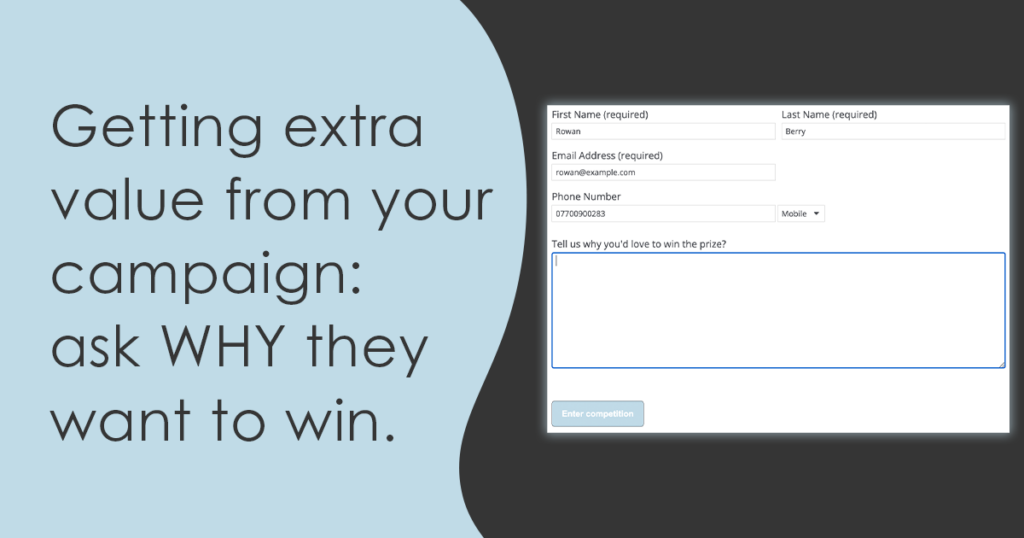
If a competition is based on chance rather than skill, like a register to win campaign is, you must choose your winner randomly. Guidelines from the Advertising Standards Authority state:
“Promoters of prize draws should ensure that prizes are awarded in accordance with the laws of chance. If a verifiably random computer process is used, the ASA would expect to see evidence of this. If such a computer programme has not been used, winners must be selected under the supervision of an independent observer (rule 8.24). Promoters must have evidence to demonstrate that the winner was selected randomly.”
The same guidance states that if you incorporate an element of skill, then you must use an independent judge or panel to decide on the eventual winner.
You also need to be careful to adhere to rules set by GDPR legislation and any social media platforms you’re using such as Facebook or Instagram.
All guidelines met and once your winner has been randomly chosen, you can then prioritise who you target based on their response to your open-ended question. You may easily be able to tell that certain prospects will value your products and services which should lead to a productive working relationship.
How to do effective follow-up using your business management software
Once your competition has launched and you’re acquiring leads, you’ll want to make sure you have a solid system in place for reviewing and acting on them.
The objective here is to sort those entries into the ones you think are valuable and worth pursuing, and those that aren’t. You’ll want to reach out to all of them, as well as congratulate the winner to get the ball rolling with their booking.
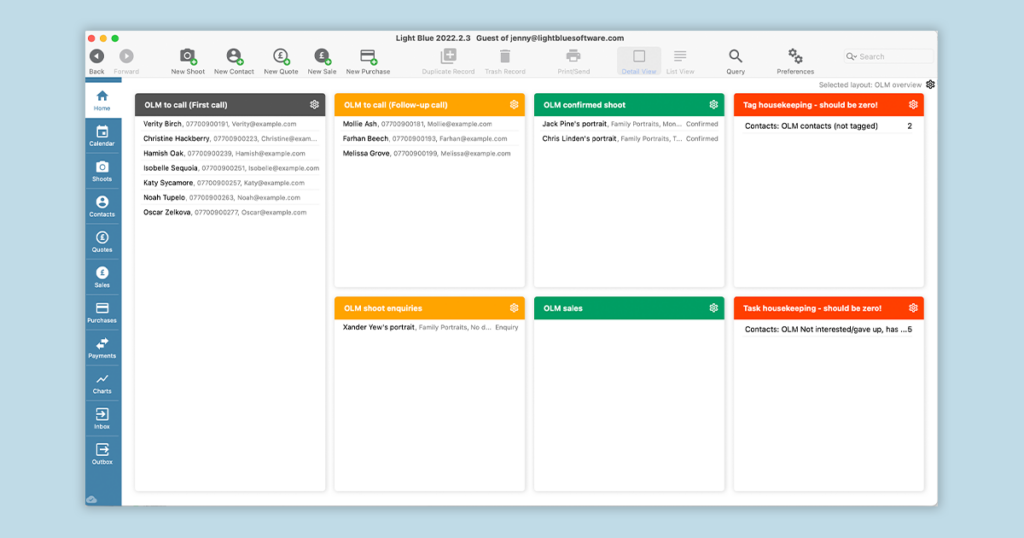
A dedicated photography CRM like Light Blue can automate the entire campaign process from start to finish:
• Use a form to gather all the entries, e.g. a Facebook lead-ad form, Light Blue’s contact forms feature or a third-party system such as Kartra, Active Campaign or Mailchimp.
• Send that data into Light Blue, directly if you used the integrated form, imported from a CSV or via Zapier.
• You’ll then have a contact record for each entrant, including the answer they gave to the question logged within the notes.
• Saving all this information as a query will display all entrants at once.
• You can then tag the winner, any runners-up and any leads you’re not convinced are worth following up.
• Adding a workflow for the winner allows you to list every step you now need to take from the initial “Congratulations, you’ve won!” message to prompts to follow up with a phone call.
• Using notes in the contact record lets you log all call attempts and responses (voicemail left, asked to call back at a different time etc).
• When you get hold of them and have arranged the shoot, create a shoot record including the date, time and location. As they’ve won a free shoot, you won’t need to add whether they’ve paid a holding fee to confirm the slot.
• If they’ve not yet confirmed the date, leave it as an enquiry.
• For runners-up who’ve not responded to phone calls, you can send an email template inviting them to check your online scheduling calendar. This could prompt them to take action.
• Measure the success of your register to win campaign by running a query that finds all shoots with a contact who came directly from it.
• You can also view a list to see the total amount of sales connected to those shoots.
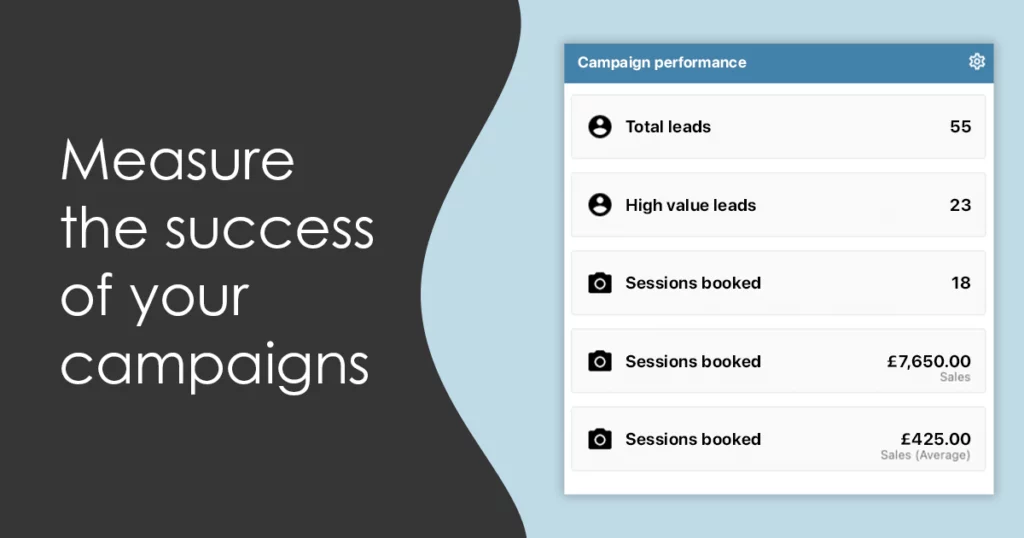
Campaign, client follow-up and evaluation all complete, you’ll easily be able to assess if a register to win campaign is worth doing all over again.
Related
- How to Find a Consistent Photography Client Base
- How to Get More Word-of-Mouth Referrals
- How to Automate Time-Consuming Tasks
- The Photographers’ Guide to Finances and Budgeting
- How to Give an Exceptional Client Experience
- How to Reduce Costs Without Hurting Your Photography Business
- Online booking platforms for photographers: Acuity vs Calendly
- How to get more photography clients
- Using your phone's autocorrect to respond to enquiries in ANY app
- Nine ways to use Scheduling Calendars & Scheduling Requests